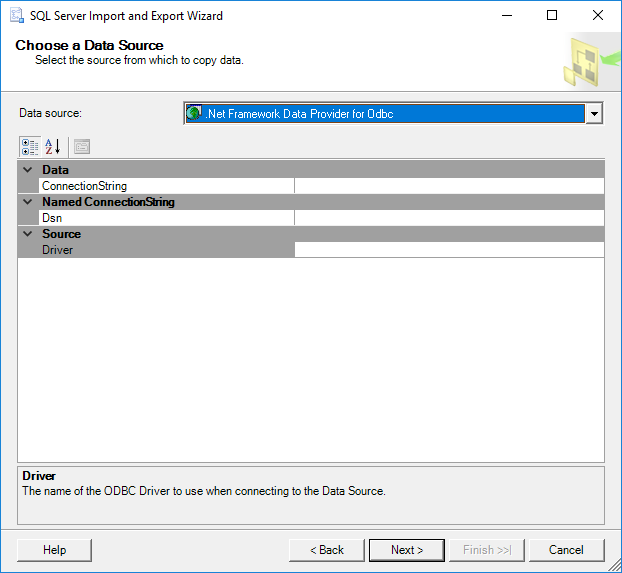5 Ways to Import Excel Sheets into Anki

Anki is a powerful tool for memory enhancement and language learning through spaced repetition. If you're an Anki user, you might already appreciate its ability to make learning more efficient by using cards to study various subjects. But, if you're dealing with large quantities of data, manually creating each card could be time-consuming. Importing Excel sheets into Anki can streamline this process. Here's how you can import your data effectively in five different ways.
1. Direct CSV Import

If your Excel data is relatively simple, using Anki’s CSV import might be the quickest method:
- Open your Excel sheet and save it as a CSV (Comma Separated Values) file.
- Open Anki, create a new deck or select the one you want to import into.
- Click on File > Import, choose your CSV file.
- Map the CSV fields to Anki fields like 'Front', 'Back', etc.
- Check the 'Allow HTML in fields' if your data includes HTML formatting.
- Ensure that the separator type is correctly set (usually a comma).
- Finally, click Import to bring your data into Anki.
📍 Note: Make sure that your CSV file's structure matches Anki's expected format; otherwise, the import might fail or the data could be improperly structured.
2. Python Script Integration

If you’re comfortable with programming, using Python can give you more control:
- Use a Python library like
pandasto manipulate your Excel data. - Then, export this data into a format Anki can read using another library like
genankior directly write a CSV file. - Here's an example:
import pandas as pd
import genanki
# Load Excel file
df = pd.read_excel('your_excel_file.xlsx')
# Create Anki model
model = genanki.Model(
1607392319,
'Simple Model',
fields=[
{'name': 'Question'},
{'name': 'Answer'},
],
templates=[
{
'name': 'Card 1',
'qfmt': '{{Question}}',
'afmt': '{{FrontSide}}
{{Answer}}',
},
])
# Generate Anki deck
deck = genanki.Deck(2059400110, 'My Imported Deck')
# Loop through DataFrame rows to add notes
for index, row in df.iterrows():
note = genanki.Note(
model=model,
fields=[row['Question'], row['Answer']]
)
deck.add_note(note)
# Generate Anki deck file
genanki.Package(deck).write_to_file('output.apkg')
💡 Note: This method requires some programming knowledge and installing Python and the necessary libraries.
3. Excel Add-ins

Several Excel add-ins can be used to directly convert your sheets into Anki-compatible formats:
- Install an add-in like Anki Export or AnkiFlash from the Office Store.
- Set up the add-in by mapping your Excel columns to Anki fields.
- Export directly to an Anki-compatible format or even directly import into Anki.
🌟 Note: Ensure your add-in is compatible with your version of Excel and Anki.
4. VBA Macro

For Excel power users, creating a VBA macro to automate the export process might be beneficial:
- In Excel's Developer tab, create a new macro and write code to export data to CSV.
- The VBA code could look like this:
Sub ExportToCSV()
Dim ws As Worksheet
Dim csvFile As String
Set ws = ThisWorkbook.Sheets("Sheet1")
csvFile = Application.GetSaveAsFilename(FileFilter:="CSV Files (*.csv), *.csv")
If csvFile = "False" Then Exit Sub
ws.Copy
With ActiveSheet.UsedRange
.Copy
Workbooks.Add
With ActiveSheet
.Range("A1").PasteSpecial xlPasteValues
.Range("A1").PasteSpecial xlPasteFormats
End With
Application.DisplayAlerts = False
.Parent.SaveAs Filename:=csvFile, FileFormat:=xlCSV, CreateBackup:=False
.Parent.Close
End With
Application.DisplayAlerts = True
End Sub
- Run this macro to save your Excel data as CSV, which can then be imported into Anki.
🗂 Note: VBA can automate repetitive tasks, saving time if you regularly import data into Anki.
5. Online Anki Card Creators

Several online tools allow you to create Anki decks directly from spreadsheets:
- Visit sites like AnkiWeb or other third-party services that offer direct Excel-to-Anki conversion.
- Upload your Excel sheet, map the fields as required, and let the tool create your Anki deck.
- Download the resulting Anki deck and import it into your Anki application.
In summary, importing Excel sheets into Anki can be achieved through direct CSV import, leveraging programming languages like Python, using Excel add-ins, creating VBA macros, or employing online services. Each method has its advantages, depending on your comfort level with technology, the complexity of your data, and the frequency with which you need to perform the import. With these tools and methods at your disposal, you can now turn vast amounts of data into a more manageable study tool, enhancing your learning experience with Anki.
How do I ensure my data imports correctly into Anki?

+
Ensure your Excel sheet’s structure matches Anki’s format. Pay attention to the number of columns, headers, and data types in each field.
Can I import Excel data with media (images, audio) into Anki?

+
Yes, but you need to prepare your files and place them in the Anki media folder. Embed the filenames in your Excel sheet, and Anki will link to them when importing.
Do I lose formatting when importing from Excel to Anki?

+
If you’re importing to CSV, yes, some formatting might be lost. HTML formatting can be preserved if you import with that option enabled.